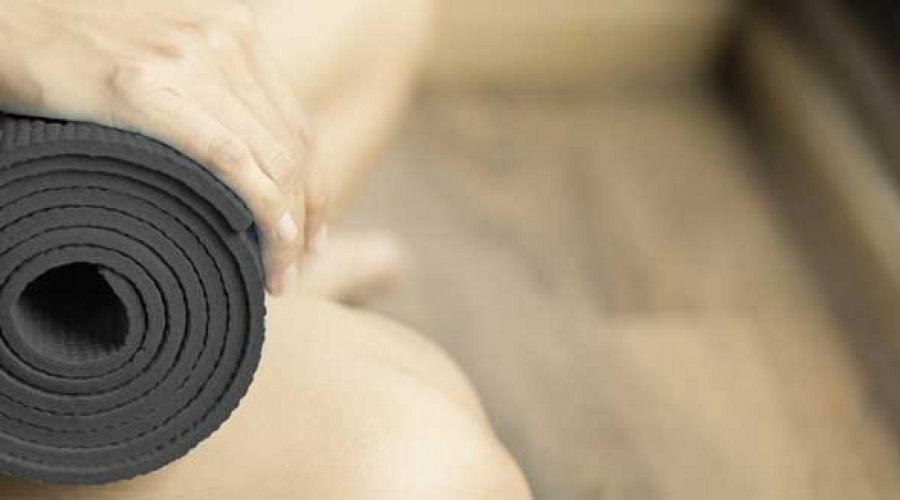
Yoga is a great way to stay fit, healthy, and relaxed. It is a form of exercise that not only helps in keeping one’s body in shape but also helps in maintaining a positive mindset. Practicing yoga at home has become increasingly popular in recent years, as it offers the convenience and comfort of practicing in one’s own space. However, choosing the right yoga mat for home practice can be a challenging task, given the vast range of options available in the market. In this article, we will be discussing how to choose a yoga mat for home practice.
Thickness
One of the most important factors to consider when choosing a yoga mat for home practice is thickness. The thickness of the mat will determine the level of cushioning that it provides. A thicker mat will provide more cushioning and support, making it ideal for home practice on hard floors. It will also help in protecting the joints and bones while performing yoga poses. However, a thicker mat may not be as portable and may be heavier to carry around.
Material
The material of the yoga mat is another important factor to consider when choosing a yoga mat for home practice. The material should be durable and able to withstand the wear and tear of regular use. Common materials used for yoga mats include natural rubber, PVC, and TPE. Natural rubber is the most eco-friendly option and provides good grip and traction. PVC is the most affordable option but is not eco-friendly and may not provide good grip and traction. TPE is an eco-friendly option that provides good grip and traction, but it may not be as durable as other materials.
Grip
Grip is a vital factor to consider when choosing a yoga mat for home practice. The mat should provide good grip and traction, especially on smooth surfaces. A mat that slips or slides can cause injury and make it difficult to hold poses. A mat with good grip will help in maintaining balance and stability while performing yoga poses.
Size
The size of the yoga mat is another important factor to consider when choosing a yoga mat for home practice. The size of the mat should be appropriate for the space available for home practice. A standard yoga mat is usually 68 inches long and 24 inches wide. However, if you have a larger space available for practice, it may be a good idea to choose a larger mat that provides more space to move around.
Portability
Portability is another important factor to consider when choosing a yoga mat for home practice. The mat should be lightweight and easy to carry around. A lighter mat will be easier to store and transport, making it ideal for home practice. It is also a good idea to choose a mat that comes with a carrying strap or bag, making it easier to carry around.
Design
Design is an important factor to consider when choosing a yoga mat for home practice. The design of the mat can affect the overall ambiance and mood of the practice space. A mat with a calming or inspiring design can help in creating a peaceful and relaxing atmosphere for home practice.
Conclusion
Choosing the right yoga mat for home practice is essential for anyone serious about their yoga practice. When choosing a yoga mat, it is essential to consider factors such as thickness, material, grip, size, portability, and design. A thicker mat will provide more cushioning and support, while a lighter mat will be more portable. The material should be durable and able to withstand the wear and tear of regular use. The mat should provide good grip and traction, especially on smooth surfaces. The size of the mat should be appropriate for the space available for home practice. Finally, the mat should have a design that helps in creating a peaceful and relaxing atmosphere for home practice. By considering these factors, one can choose a yoga mat that will help them in achieving their fitness goals while enhancing their yoga practice at home.

